Friday 11 November 2011
Tuesday 11 October 2011
Camera angles: Eye Level
This is the most common shot. The camera is positioned as though it is a human who is actually observing the scene. For example, the camera would be at the actors head level which is usually placed five to six feet from the ground. Shows subjects as how we would expect to see them in real life.
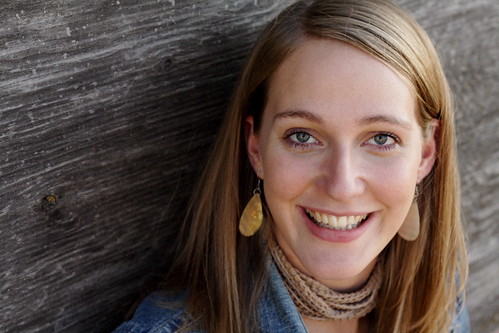

Camera angles: High Angle
This shot is a less detailed birds eye view, not quite the same shot but close. The camera is placed above the action to give a 'general overview'. Obviously, high angles make the actual image and whats in it look much smaller than what is actually is, for istantance a high view of a city would make the people and shops look a lot smaller. This also makes the object seem less significant or somehow scary in some cases.

A cameraman raised above the action, getting a high angle shot:
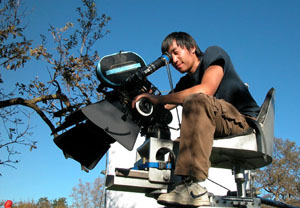

A cameraman raised above the action, getting a high angle shot:

Camera angles: Low Angle
This shot gives a sense of speeded motion and increases height. Low angles often confuse a viewer. Usually the background of a low angle shot would just be sky or a general landscape etc. The lack of detail added to the shot increases the importance of the low angle. The viewer may be inspired fear and insecurity by the added height of the object on screen.


Saturday 24 September 2011
Camera angles: Pan shot
A movement that scans a scene horizontally. It is often used to follow a moving object which is mostly kept in the middle of the frame. For example a car moving on a busy motor way etc. Panning a camera results in a motion similar to that of someone shaking their head "no" or of an aircraft performing a yaw rotation.
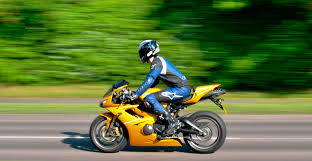
Camera angles: Oblique/canted angle
To suggest imbalance the camera is tilted (not placed horizontal to floor level) it also suggests instability, which is used a lot in horror movies for a scary effect. A hand held camera is often used for this angle.
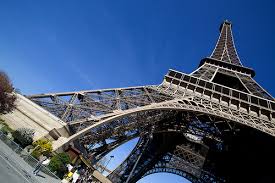
Camera angles: Birds eye view
This shot shows a scene from directly overhead, its a really unnatural angle. It doesn't give any detail as it is too far away from anything to see it just shows the basics. Objects in the scene aren't very noticeable at first such as an umbrella in a crowd etc. This shot puts the viewer in a godlike position, looking down from high up.

Camera angles: Extreme close up
This shot is like a close up but more detailed that is not usually visible to the human eye. For example, an extreme close up to a face would show someones mouth or eye without any background detail so its all the audience focus's on. The shot is usually used for dramatic effect. This camera shot has to be taken very professionally as with one single camera shake or some kind of error is very noticeable.

Camera angles: Close up
A close up shot doesn't include very much background in the image so all the viewer focus's on is what the camera is showing. It either concentrates on a face or a specific detail of mise en scene. Usually everything in the background is blurred, and the object is magnified to show the importance of what is shown, for example; an expression on someones face. A close up of a face is a very intimate shot so it is used to make the audience feel extra comfortable or very uncomfortable with the character.

Camera angles: Long shot
Generally the shot that shows the image as being "life size" for example, it would be the real size distance between the audience and the screen in a cinema, life like. This shot also includes full shot of the whole human body, the head would be near the top of the frame and the feet near the bottom of the frame. Also includes a lot of background detail around the characters.
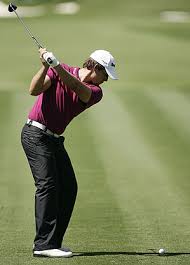
Camera angles: Extreme long shot
This camera angle can also be called framing or shot length. This shot can be taken up to a quarter of a mile away, and is mostly used to show a setting of a scene establishing shot. Not much detail is given in the shot it is meant to give the viewer a general impression not specific information. It usually shows an exterior for example, the outside of a building or a landscape. These shots are very effective in war films and disaster movies etc.

Friday 23 September 2011
The 180-degree rule
States that two characters must always have the same right/left relationship as each other when in the same scene. The camera has to be within 180 degrees allowing the camera to move anywhere within the degrees. If the camera passes over the invisable axis connecting the two subjects its called crossing the line.
Thursday 22 September 2011
Shot/Reverse shot
Shot/reverse shot is a film technique where one character is shown looking at another character which is often off-screen, then the other character is shown looking back at the first character. It is often used for conversation or reaction shots. Here is an example of shot/reverse shot: http://www.youtube.com/watch?v=4gIdceyd1L8&feature=related this is a clear example of shot/reverse shot as it looks like the two characters are having a conversation, the camera goes from one character to another so the audience think they are looking at each other rather than being filmed separately.
Match on action
Also known as 'cutting on action' is a cut made on action or movement between two shots in which the action has been overlapped either by repetition of the action or by the use of more than one camera. Match on action gives the impression of continuous time when watching the edited film. The editor creates a visual bridge which distracts the audience from noticing the cut or any error between the two different shots by beginning an action in one shot then to carry it onto completion in the next shot. Here is an example of match on action: http://www.youtube.com/watch?v=JR3LXTIKfTM there are a few errors in this clip, for example a dog comes onto the scene at 45 seconds but is not there in the next shot however the rest of the clip is successful in making the different cuts unnoticeable. There are 15 different shots throughout this clip.
Subscribe to:
Posts (Atom)